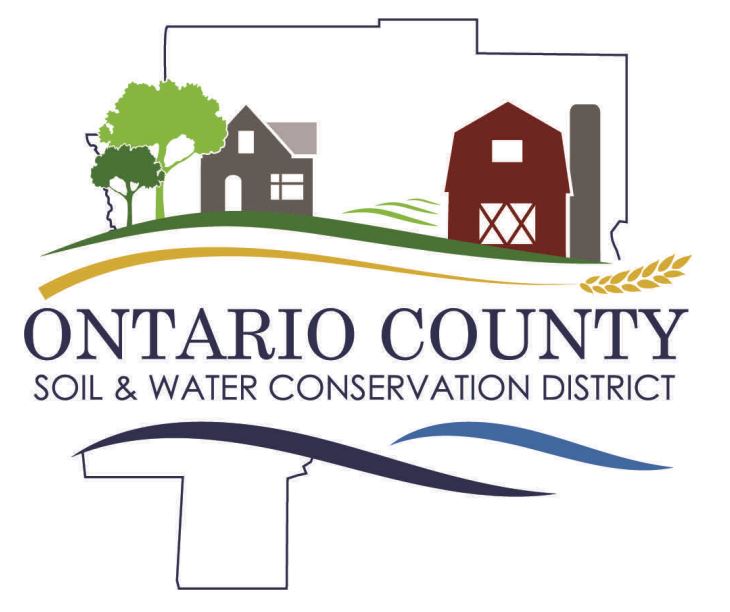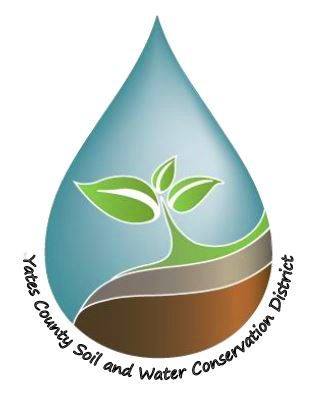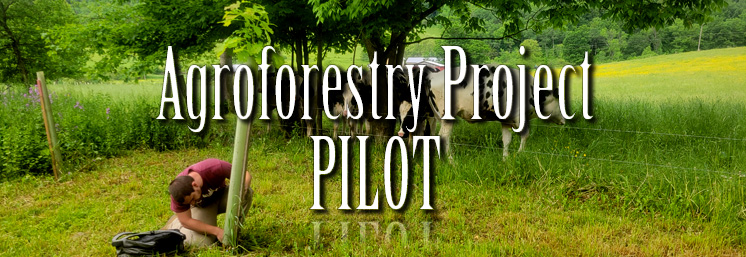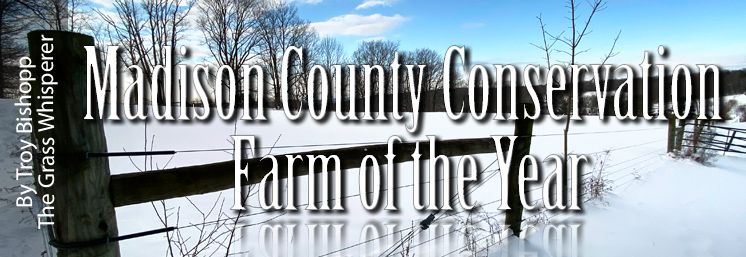By Troy Bishopp – Grass Whisperer, Madison County SWCD
Penn Yan, NY—After the 2020 historic drought in the Finger Lakes, area grazing dairy farmers are enjoying 2021’s robust growing season with plentiful moisture, heat and a return to pasture walks with an emphasis on biology.
However, this summer’s deluges of frequent rain have tested a farmer’s resolve to keep it sequestered on the land and away from impacting local waterbodies that welcome thousands of hungry visitors to the region. In Genesis 9:3, a reverie ensues: “Every moving thing that lives shall be food for you. And as I gave you the green plants, I give you everything.”
To facilitate the important work green plants provide, Ontario and Yates County Soil and Water Conservation Districts recently led a large grazing workshop partnering with 2 local organic grazing dairies, Fay Benson, Small Dairy Educator for Cornell’s South Central NY Dairy Team and USC Grazing Specialist, Troy Bishopp for a day of learning and fellowship.
The morning session held at Leon Brubacher’s Dairy Farm in Himrod, NY featured a presentation on soil health and soil structure principles as it pertained to pastures by Fay Benson. Leon led the eager group out to his certified-organic, 40 cow, 14 paddock grazing system where he discussed his forage management style, “as taking proper care of the plants” for profitability and soil health. With the “overly” abundant rain, swards were growing an inch per day and were fully recovered in 22 days, a feat usually witnessed in the spring. It showed how intensive management and fertility played a large part in the farm’s resiliency.
In a group exercise, the farmers measured, bantered and predicted pasture production, much to the delight of everyone, because most practitioners have a different context and “grazier’s eye”. “It felt really good to laugh”, said one farmer. Because farmers like tools, they squeezed grass plants and measured brix levels using a refractometer. Levels were between 7 and 10 which indicated the effect of the rain on lowering forage energy for the cows. Mr. Brubacher was using this premise and giving his cows a pasture ration where the cows only grazed the very tops of plants which also contributed to a high residual that armored his soil against the frequent rain events.
Folks also got to see a dung beetle trap for the first time as Mr. Benson, “delicately”, pulled the simple device out of the manure to measure activity of the beneficial insects. With good grazing techniques, the insects were doing yeoman’s work for the surrounding soil. As the tour ended, Yates County’s Soil and Water Conservation District
Senior Technician, Tom Eskildsen, described the benefits of sod for the Keuka Lake Watershed and gave advice on diverting water into grass catch basins and offering to help anyone design a more resilient farming operation.
The afternoon gathering held at Andrew Hoover’s Farm in nearby Stanley, NY highlighted some different approaches to grazing for the larger herd of 100 cows. To lead off the fine day, Fay Benson taught a large contingent of farmers about soil management using the tools from the NY Grazing Coalition Soil Health Trailer. “Soil aggregate structure is really key,” emphasized Benson. “Soil needs to have good aggregate structure and stability to keep improving biology. Structure is caused by the bacteria eating process. By stimulating organic matter to do its job, we get really healthy soil.” “In pastures, we need to be careful of compaction, said Benson. It’s slow to show up and slow to get rid of. The more organic matter, the more resilient soil is to compaction”. He cited his research on this topic at (https://projects.sare.org/wp-content/uploads/Compaction-Fact-Sheet-Final-1.pdf)
Andrew led the group out to see his “summer seasonal” certified-organic 100% grass-fed dairy herd. “Being seasonal in the summer allows us to efficiently harvest our forage crops, graze for maintenance not intense production, have time-off with our children and capture a higher milk price in the fall from Maple Hill Creamery. It works well for us,” said Hoover. The Ontario County farm sits higher up in the landscape and has had half the rain of the Brubachers.
The series of 5-acre rectangular paddocks are managed with rain capture in mind. “Managing mostly dry cows, allows us to trample more forage and improve soil biology with more mature plants and a diverse mix of root systems, said Mr. Hoover. The pasture system has an extensive above-ground municipal water system to each paddock which allows for improved fertility management and keeps animals out of the laneways. Most of the pastures had over 40 days of recovery to meet Andrew’s goals.
“Well managed pastures like these, help protect our local watersheds, said Meghan Webster, Ontario County’s Soil and Water Conservation District Manager. The merging of environmental and economic benefits through healthy soils and productive, profitable farms are priorities for us. We’re happy to promote and support such positive practices.”
The group ended their enlightened tour under a shade tree enjoying fellowship and Mrs. Hoover’s homemade, molasses moon-pies and the farm’s own delectable “full-fat”, chocolate milk. The day reminds one of Isaiah 55:2b: “Listen to me, and eat what is good, and you will delight in the richest of fare.”











